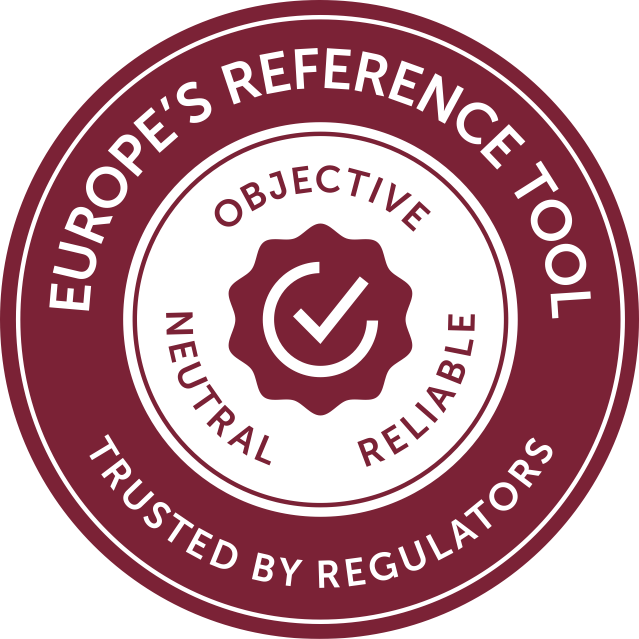BEREC’s Net Neutrality Reference System
The Reference System is BEREC’s NN monitoring standard for Europe.
The development by alladin-IT & zafaco is finished.
It is now available for national implementations.
What is the BEREC system?
- A tool for customers to monitor broadband connections and services
- Tests neutrality, performance and quality
- For fixed line, WiFi & mobile
- Available for iOS, Android, browser and desktop
- White-label solution: get it in your CI & CD
How can I implement it?
Get in touch with the BEREC system developers
- Fast and easy standard version implementation
- Tailor and enhance it to your needs
- Integrate new features developed by NRAs/BEREC
- Benefit from our in-depth system know-how
Updates of existing Nettest systems?
- Good news: “Nettest” and “Breitbandmessung” are the basis of the BEREC system
- Migrate your existing features and data
- Best price with ongoing maintenance contract
What if I have another system in place?
- Get an in-depth analysis of your system
- Migrate features and data to your new BEREC standard
- Our expertise secures the successful implementation
Enhance your BEREC system
- Add more customer experience tests
- Individualize the design of the monitoring clients
- Implement monitoring profiles for certified measurements
- Deploy fixed-line probes for customer complaints
- Control all probes with the powerful management platform ANTMS
- Provide PDF measurement reports to customers
- Apply data analytics and benchmarking for fresh insights
- APIs for export and import of third-party data
- Adjustment of system to national GDPR policy
- Implement interfaces to national operators
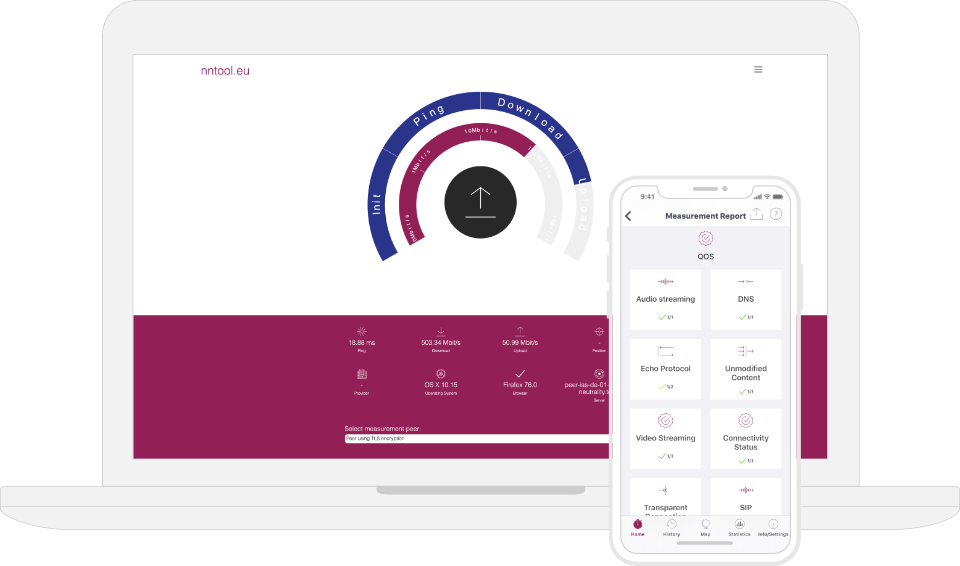
About BEREC
BEREC and the BEREC Office were established by the European Parliament and the Council in 2009. BEREC advises the European Commission and National Regulatory Authorities (NRAs) with primary responsibility for overseeing the day-to-day operation of the markets for electronic communications networks and services. The seat of the BEREC Office is in Riga, Latvia.
Visit BEREC’s WebsiteAbout alladin-IT GmbH and zafaco GmbH
alladin-IT develops software, consults and supports its clients since 2005. The company’s trademark is cross-border knowledge coming from information technology, business administration, social sciences and management consulting.
In 2011, the specialization on telecommunication industry and authority led to the “Nettest”. It was developed in close cooperation with RTR GmbH, the Austrian NRA, to monitor QoS and QoE of internet accesses and services based on BEREC’s recommendations.
Today, alladin’s comprehensive measurement approach covers user experience on end customer devices, performance via hardware boxes & routers and real-time monitoring of networks.
Visit alladin-IT’s Websitezafaco GmbH is a comprehensive, independent and neutral service provider in the areas of benchmarking, business service management and business intelligence with its own measurement technology infrastructure and nearly 108 million test connections per year.
This independence and neutrality is the basis of the business model of zafaco GmbH.
The results provided by zafaco give its customers the possibility to sustainably improve their products and services on a long-term basis. This enhances customer satisfaction which in turn leads to a sustainable increase in corporate value.
The company was founded in 2007 and is Germany's technology and market leader in broadband network tests.
Visit zafaco’s WebsiteThe European DSM Regulation of 2015
Every European must have access to the open Internet. All Internet traffic must be treated equally.
The DSM Regulation (EU 2015/2120) of November 2015 lays down measures concerning open internet access, directives on universal service and users’ rights relating to electronic communications networks and services and more. This Regulation forms the framework base for Net Neutrality legislation in Europe. Many European countries enforced national implementations of the DSM Regulation in the last years.
Read the DSM PublicationOur Expertise on Understanding and measuring NN
In general Net Neutrality (NN) aims at the quality of the Internet experience. Quality means: the user decides freely when, how and where to use which services.
BEREC and EC defined terms, rules of conduct, minimum standards and obligations for monitoring. The challenge starts with the monitoring obligation: how to monitor such a qualitative interpretation of concepts? alladin-IT and zafaco recommend a monitoring solution based on quantitative assessment criteria.

Definition of observable parameters
BEREC names download and upload speed, latency and packet loss. Additionally, the assessment of the reliability of such a single measurement shall refer to the existing measurement conditions. Individual parameters become more meaningful when they are linked to meta-information such as location, movement, end device of the person measuring. Further parameters such as blocked ports, modified content, internet routes, etc. prove to be indispensable for the implementation of traffic management monitoring from our experts’ point of view.
Specification of limit values
BEREC defines in its guidelines the calculation methods of actually available speeds, but does not provide exact limit values. A theoretical ex-ante determination would also make no sense. Only sufficient measurements lead statistically to dynamic, practical limit values that correlate with the current technological status quo. These are used to define quality categories for minimum, average and maximum speeds. The end consumer thus receives guidelines for categorizing his personal measurement results.
Repeating measurements
Continuous measurements create the conditions for permanent monitoring of network performance. For cost reasons BEREC recommends a crowd-sourcing approach in which as many users as possible carry out many measurements at different locations at different times. This method ensures high statistical and demographically representative information on network performance in real time.
Comparison of results and derivation of statements
The European Commission requires annual reports from national regulators and assesses the state of network neutrality in Europe on this basis. Reliable comparability of the measurement results is based on a transparent measurement method. BEREC identifies open-source as the optimal solution for traceability and comparability of the measurement process.
alladin-IT and zafaco have concentrated on this approach for determining internet quality, user experience and network neutrality. We are convinced that theoretical discussions are necessary, but not sufficient. We have learned that measuring in practice quickly leads to useful results and at the same time to a better understanding of the importance of the respective reference system - in this case net neutrality.

BEREC’s NN Reference Measurement System
The objective of the measurement tool is to provide a reference system for monitoring the QoS aspects of IAS, such as speed and delay, as well as aspects of traffic management such as the blocking and throttling of Internet-based applications.
A specific objective is increased levels of harmonization of NN-related IAS measurement metrics and methodology.
In the long term, the BEREC tool could be a platform enabling NRAs to share knowledge, experience and expertise, including providing a basis for further piloting and researching the area of measuring quality of internet access services.
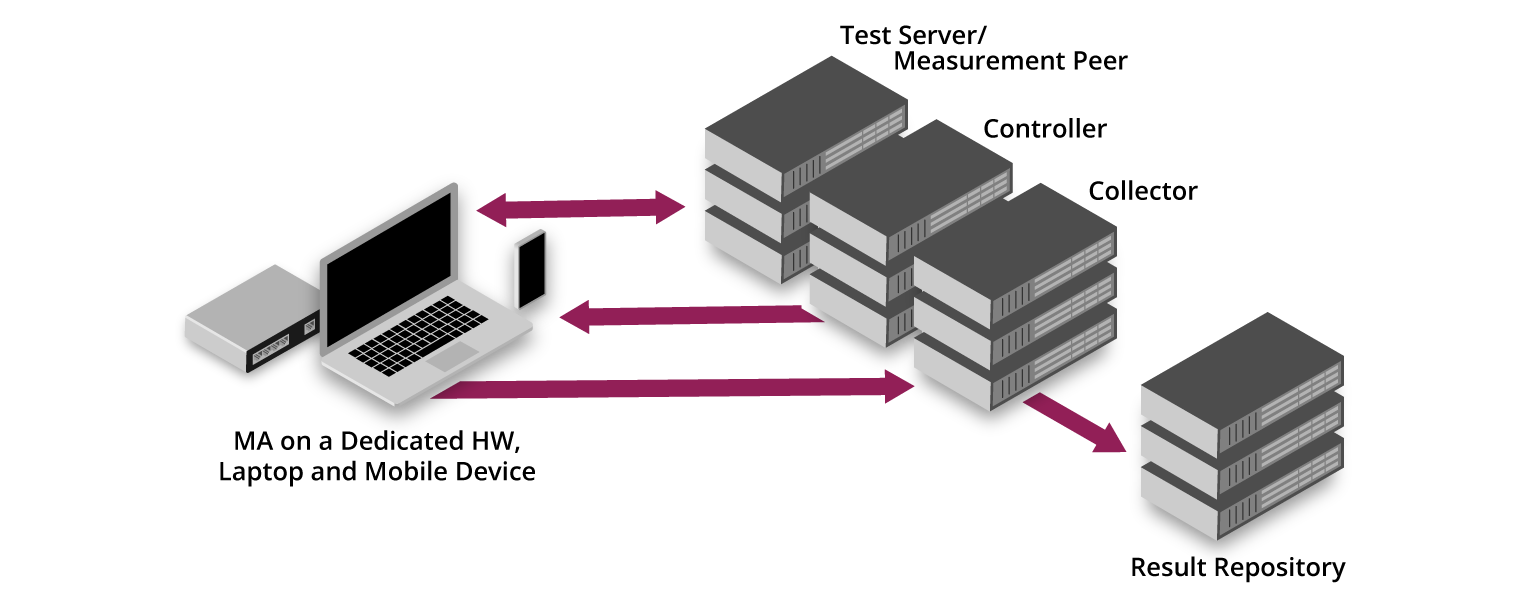
Figure 1: Components in a basic measurement system configuration
The Measurement agent (MA) performs measurement tasks. MAs can be of different types; software-based or hardware-based, fixed or mobile nodes. The Controller manages the MAs through use of a dedicated control protocol. Some of its core
functionalities are integrated into the measurement servers and the Collector.
The Collector receives measurement results provided by MAs through the use of a dedicated report protocol. The Collector then stores the results in a Results Repository where data later can be fetched for statistical analysis. Both the
control protocol and the report protocol shall be based on existing protocol standards.
When measurement tasks are running, an MA typically communicates with other entities (e.g. sending measurement traffic). Where an MA communicates with another entity (e.g. a measurement server) which is also instructed by the Controller, the other entity also constitutes an MA. Where an entity is involved which is not interfaced with the Controller, it is called a Measurement Peer (MP). An example of the latter could be an ordinary web server.
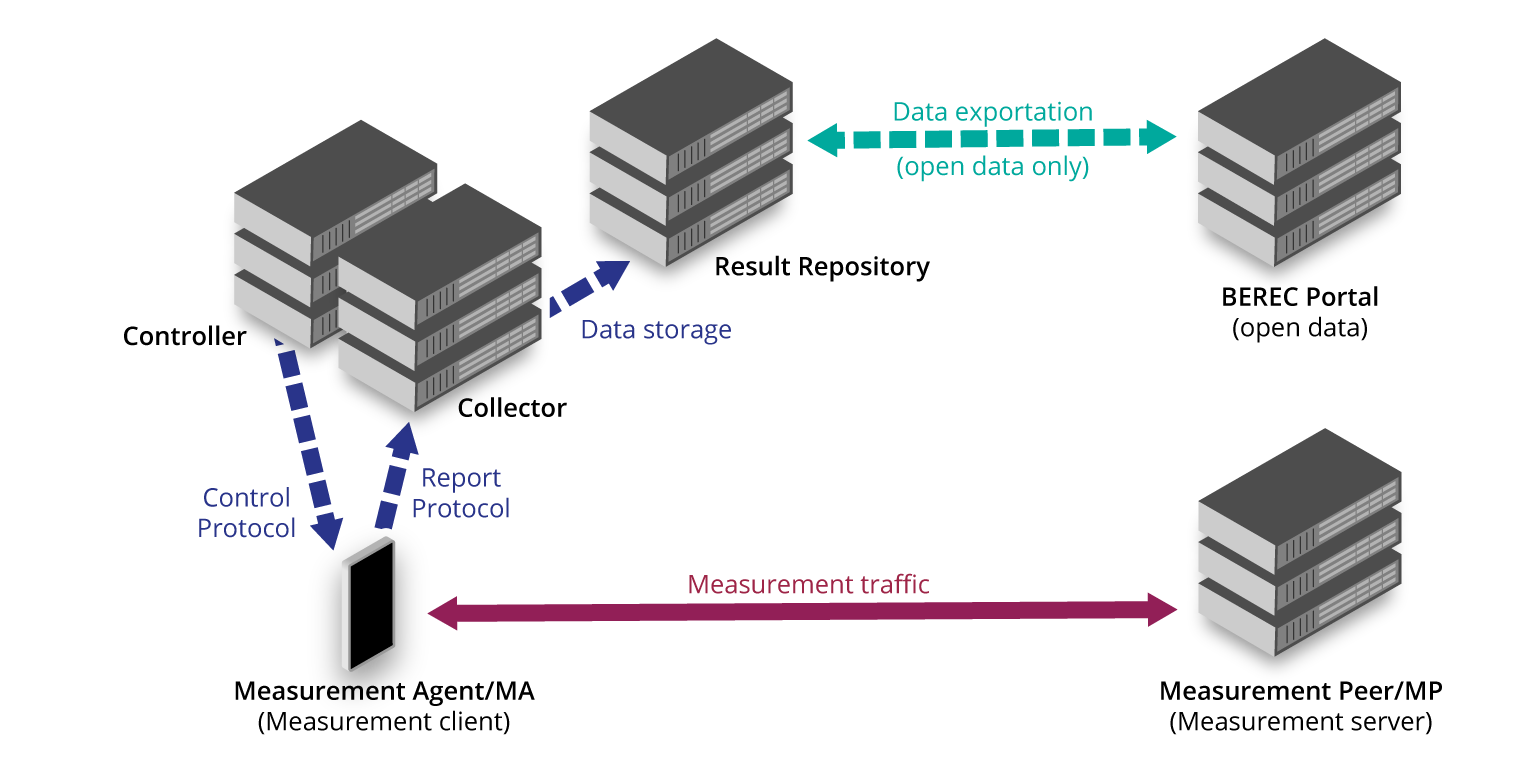
Figure 2: System architecture overview
Regulators can participate on varying levels, from full participation to small-scale contributions with a shared measurement server and/or sharing of measurement results. Each national instance would be controlled by its NRA, while also contributing to a collaborative functionality among NRAs and possible future initiatives at the BEREC level.
The Tool (BEREC NN Reference System) itself is Open Source, thus any interested party can reuse parts of the software or the entire software.
The measurement results shared between NRAs shall be Open Data. When results are made available via an Open Data interface, data can be collected for centralised post-processing of shared data (“Data exportation”), such as the BEREC
Portal, or individual external NRAs can import data from other NRAs for analysis of results.
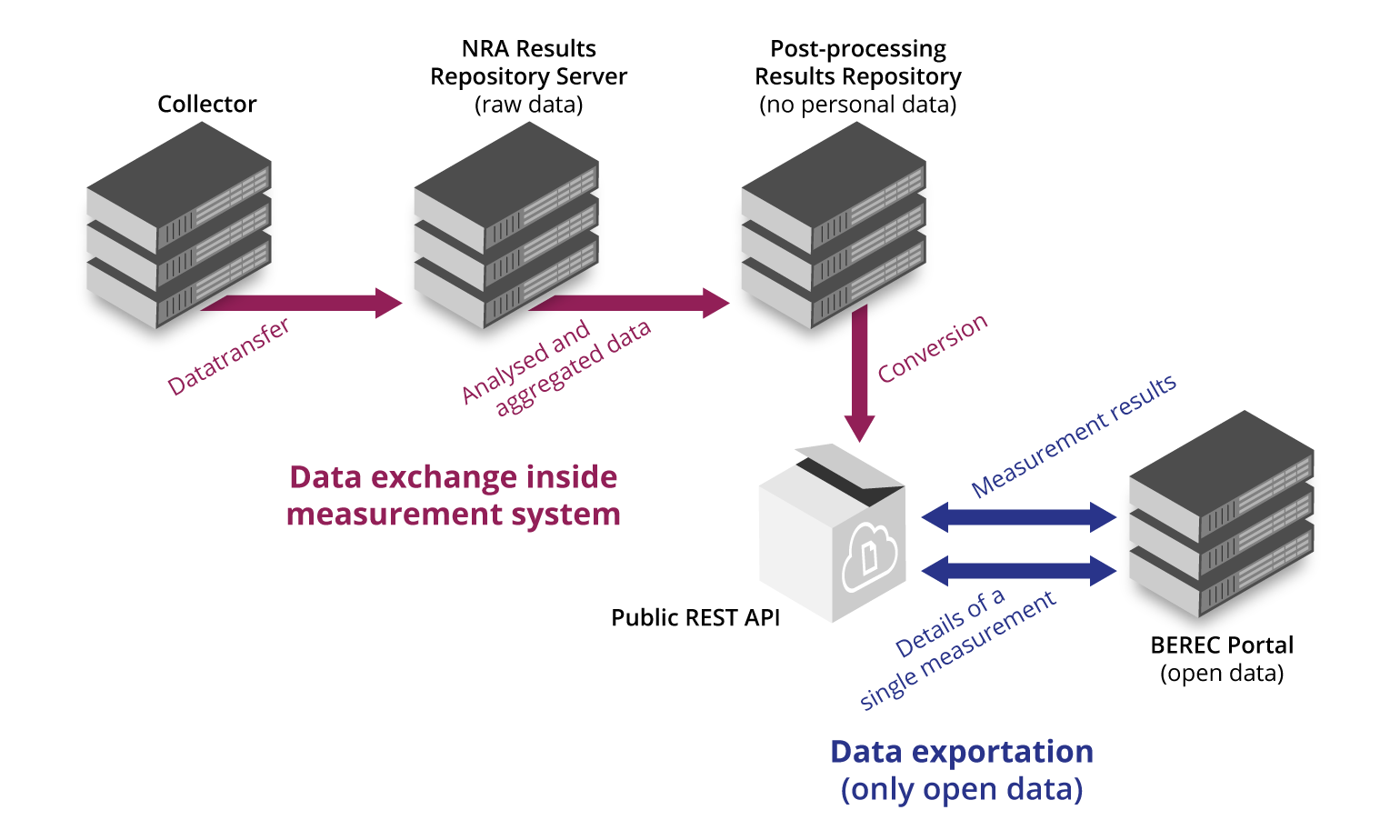
Figure 3: Actual data exchange from Collector to the BEREC portal
For a smooth exchange of data using the “open data” interface, it's necessary that these data be clearly defined. Any system could implement and process these data based on a description of the format and structure of open data. Format
specification of open data are provided by BEREC.
NRAs decide what information to share as Open Data from their national system. In order to allow exchange of measurement results, mandatory and optional data fields need to be defined. Mandatory fields are those that are presented as
Open Data. Open Data shall be provided in line with the privacy policy.
Main functionalities for post-processing are: validation of results, anonymization in compliance with privacy policy, conversion of parameters/values according to standardized formatting rules and presentation of measurement results via statistics, reports or maps.
Main System Requirements
- Crowd-sourcing
- End user enablement
- Future-proof
- Open source code
- Open data principle
- Security & privacy
Main Categories of Measurement Parameters
- IAS speed and latency measurements
- Blocked ports
- Delay variation
- Packet loss
- Availability of connectivity
- DNS manipulation detection
- Proxy detection
- Web browsing performance
- Video streaming
- Audio streaming
- VoIP quality
- Peer to peer
- Traceroute

